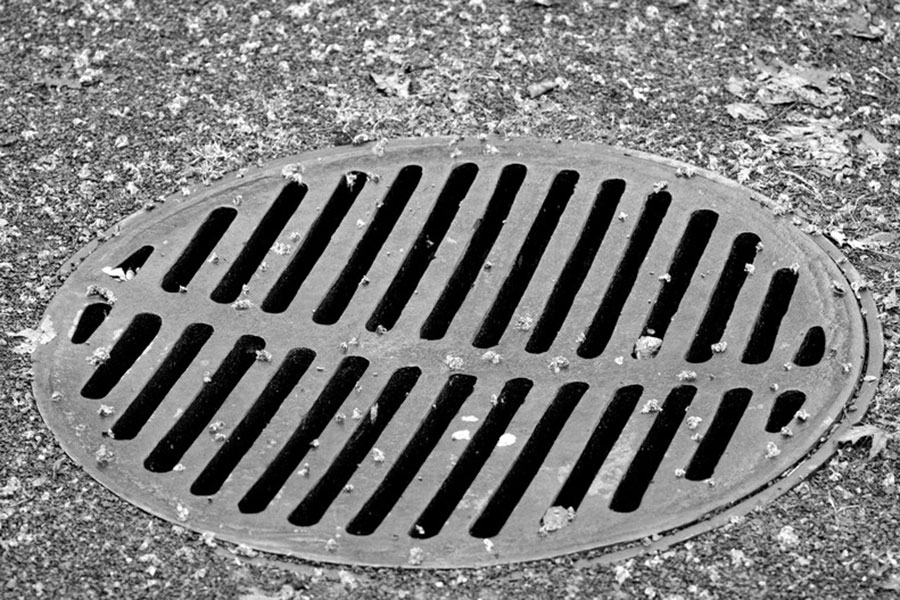The answer to this is not as straightforward as you think. The answer is yes and no. The reason is because there are actually two types of city sewers drains. Connecting to the wrong one can lead to a plethora of headaches.
The Two Types of City Drains
Every city has two types of sewage drains: sanitary sewage drains, and stormwater drains. Sanitary sewage drains are the drains that carry all waste water from people’s homes to the nearest water treatment facility. Think of the water that flows out of your sinks, washing machines, dishwashers, showers, and toilets. This is the drain you DO NOT want to connect your sump pump to. There are a couple reasons why.
First, sanitary sewage lines are designed to only handle a certain volume of water. If everyone had the idea to connect their sump pumps to it, then it would cause the sewer to reach capacity. When water can’t move forward anymore, it starts to move back… and that means back into your sink, shower, and toilet. To put it politely, we are sure no one wants to experience their neighbours waste water from their toilets. This is why it is important in any sump pump installation to consider installing a backup water valve. If water is coming back through your discharge pipe, it’ll activate and block off the pipe, stopping the hazardous back flow.
The second reason is that it is actually illegal. It is illegal because the city cannot track your water usage through sanitary sewage lines. So it’s essentially stealing if you are sending excess water to the sanitary sewer. Getting caught would mean some pretty significant fines. To be truthful, we actually aren’t sure how much the fines are… but we also aren’t willing to find out the hard way.
Our Survey Says… Storm Drains
It is generally OK to connect your sump pump to a storm drain. Storm drains are designed to carry rainwater and ground water back to the nearest pond, lake, or large body of water.
While it is a viable option, homeowners should still be aware that there are city bylaws that outline what can and cannot be discharged into storm sewers. It involves certain water temperatures, ph balances, mineral counts and more. That means keeping an eye on the kids to make sure they aren’t dumping kool-aid down the sump pump pit. That kool-aid will end up in the nearest pond, the fish would get addicted to the taste, then create a breathing apparatus to come on land and steal all the kool-aid, then… sorry. Getting a little carried away with our imagination there. But you get the idea. Bottom line is, you don’t want to be responsible for the pond fish kool-aid revolution.
When in Doubt, Ask!
The best thing to do when installing a sump pump and facing the question of where the water should be discharged is to ask. We recommend asking the municipal government what is allowed in your neighbourhood. Each neighbourhood may be different depending on the sewer system that supports it. Ask your contractor for guidance. You never know what you’re gonna get! That’s why we love this work.

